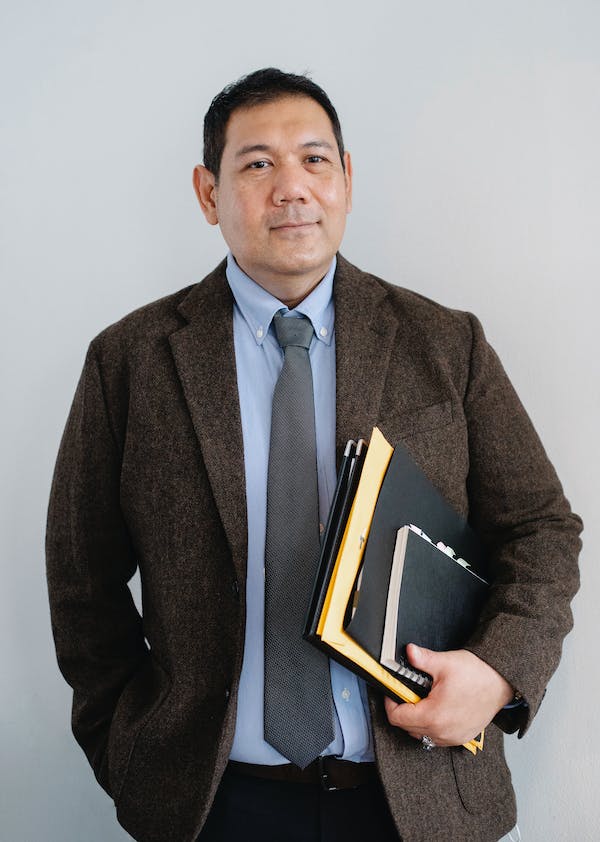You’ve probably heard loads about simulations lately. If pressed, digital twins keynote speakers might even explain what the future would hold here. But first, experts would probably give you a bit of helpful background – which we’ll also do today.
Case in point: The way digital twins keynote speakers put it, the concept speaks to a virtual representation of a physical object or system that uses real-world data and other sources to simulate the object. In essence, digital twinning allows companies to create and analyze virtual copies of physical assets like equipment, machinery, or processes. A number of helpful points to note:
- Each creates a digital replica of a physical asset by combining its engineering data with extra sources like sensors and cameras. The practice brings the virtual model to life.
- Like digital twins keynote speakers observe, the practice offers a way to mirror changes in the physical twin by pulling live data. If a connected sensor measures rising heat in a motor, this is reflected in the virtual double.
- All enable simulation of the physical asset to see how it could perform under different conditions. Engineers can test changes on the digital twin first.
- Machine learning is often applied to the data flows from the physical twin to generate insights from the computerized model and keep it current, digital twins keynote speakers would observe.
- Digital twins can prevent downtime through detecting issues early. Engineers are alerted to optimize performance and maintenance.
- Such tools support remote monitoring and centralized management of assets distributed across locations.
- Key industrial uses digital twins keynote speakers see would be aircraft engines, wind turbines, manufacturing robots, and self-driving cars. Digital twins help optimize these complex systems.
Put the pieces together, and digital twins keynote speakers explain that solutions create living digital models of physical things. By mirroring and simulating the real-world objects based on data, they enable better testing, monitoring, and control of those objects remotely. The practice brings significant efficiency and analytical benefits.

